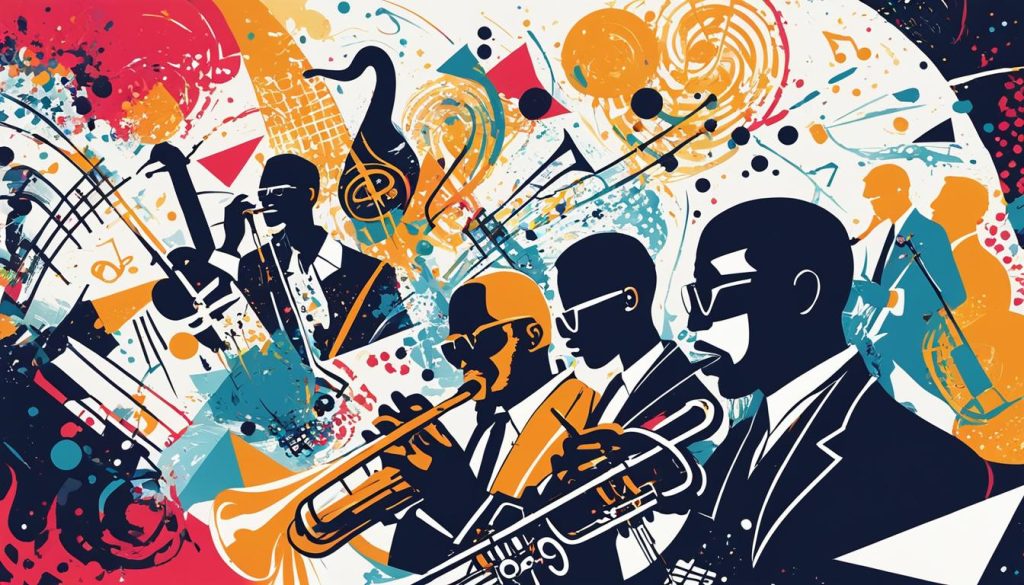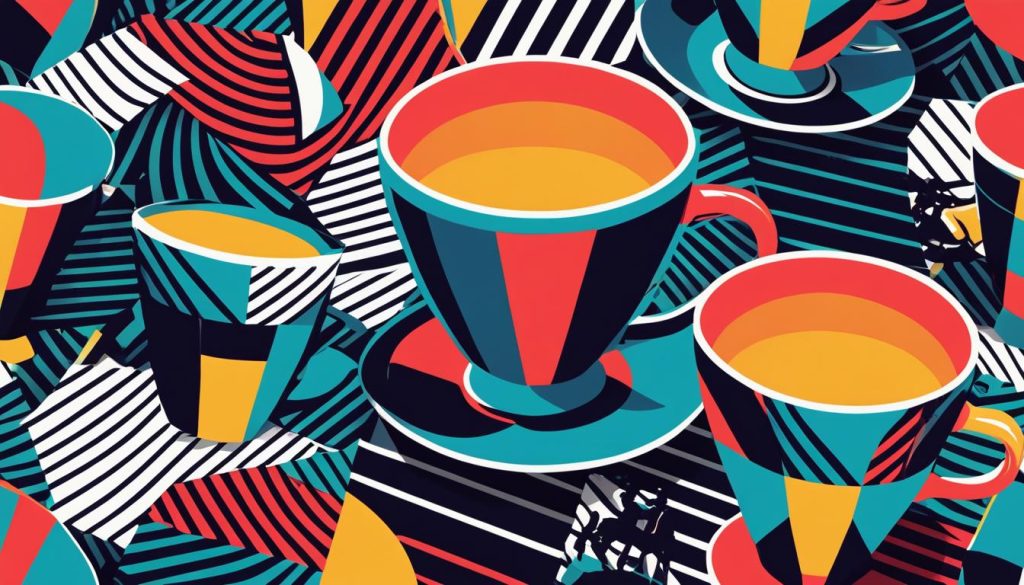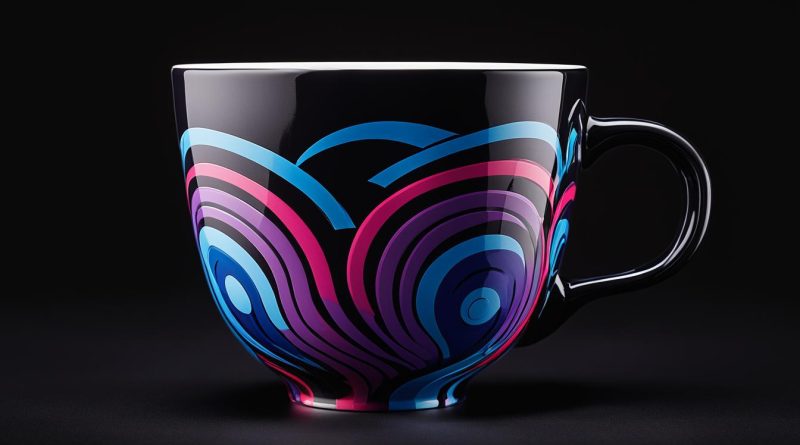Jazz Cup History and Iconic Design Legacy
The jazz cup, with its bold colors and unmistakable design, has become an enduring symbol of ’90s nostalgia and American design. Its unique aesthetic, featuring geometric patterns and abstract shapes, has captivated generations and made it a cultural icon.
Key Takeaways:
- The jazz cup has an iconic design that has become a lasting symbol of ’90s nostalgia.
- Its unique aesthetic, featuring bold colors and geometric patterns, has made it a cultural icon.
- The jazz cup’s enduring appeal and timeless design reflect its status as a quintessentially American design.
Origins of the Jazz Cup
The jazz cup, considered an American design icon, has its origins rooted in the paper cup industry of the 1990s. It was a time when disposable cups were becoming increasingly ubiquitous, and manufacturers were looking to differentiate their products with unique designs that would stand out on store shelves.
The design inspiration for the jazz cup is not entirely clear, but it is thought to have drawn influence from the vibrant and energetic aesthetic of jazz music. The bold colors, geometric patterns, and abstract shapes that characterize the cup’s design were perfectly suited to capturing the upbeat and dynamic nature of jazz.
| Year | Event | Fact |
|---|---|---|
| 1992 | Launch of Jazz cup series | The series featured four different designs, which quickly became popular with consumers due to their visually striking appearance. |
| 1995 | Jazz cup popularity | The jazz cup design had become so ubiquitous that it was featured in a 1995 episode of the popular sitcom Seinfeld. |
The jazz cup’s unique aesthetics and cultural significance have cemented its place in American design history, inspiring a generation of designers and artists in the process.

The influence of jazz music on the jazz cup’s design is a testament to the strong connection between art and cultural movements. It also highlights the power of design to evoke emotions and capture the essence of a specific time and place.
The Jazz Cup Design
The jazz cup’s design is what sets it apart from other disposable cups of its time. Bold colors, striking geometric patterns, and abstract shapes all contribute to its unique and recognizable aesthetics. The combination of these design elements creates a visually engaging and dynamic look that captures the spirit of the ’90s.
The bright color palette, including electric blues and vibrant purples, draws the eye and captures attention. These bold colors were a departure from the muted tones typically seen on disposable cups, making the jazz cup stand out in a sea of white and beige.
The geometric patterns featured on the cup, including lines and triangles, give it a dynamic and modern look. These patterns are inspired by the Art Deco style that was popularized in the early 20th century, adding a touch of sophistication and elegance to the cup’s design.
The abstract shapes, such as the swooping curves and bold circular lines, add a playful element to the design. These shapes are reminiscent of the Memphis design movement, which was popular in the ’80s and ’90s and known for its whimsical and unconventional style.

“The jazz cup’s unique aesthetic appeals to the nostalgia for the ’90s, while also showcasing the bold and innovative design that defines American culture.”
Conclusion
Overall, the jazz cup’s enduring appeal and cultural significance make it a true icon of American design. Its nostalgia-inducing design and legacy serve as a testament to the power of a uniquely recognizable aesthetic. From its origins in the paper cup industry to its enduring status as a cultural icon, the jazz cup occupies a special place in American design history.
The jazz cup’s legacy has continued to inspire designers and artists alike, demonstrating the timeless appeal of bold colors, geometric patterns, and abstract shapes. Its impact on American culture cannot be overstated, and its place in the pantheon of iconic American designs is well-deserved.
As a cultural icon, the jazz cup continues to evoke feelings of nostalgia and admiration from those who grew up with its iconic design. Its timeless appeal stands as a testament to the enduring power of American design. In the years to come, the jazz cup’s legacy will continue to inspire new generations of designers and artists, ensuring its place in American design history for years to come.
FAQ
What is the significance of the jazz cup in American design history?
The jazz cup holds a timeless and iconic design that represents ’90s nostalgia and quintessentially American aesthetics. Its bold colors, geometric patterns, and abstract shapes make it unique among disposable cups of its time.
Where did the inspiration for the jazz cup design come from?
The jazz cup design was influenced by jazz music and the vibrant energy it embodies. It also reflects the creativity and innovation in the paper cup industry during its creation.
What makes the jazz cup stand out among other disposable cups?
The jazz cup stands out due to its bold color choices, eye-catching geometric patterns, and abstract shapes. Its unique aesthetics make it instantly recognizable and distinguish it from other cups in the market.
Why is the jazz cup considered a cultural icon?
The jazz cup is considered a cultural icon due to its enduring appeal and nostalgic value. It evokes memories of the ’90s and serves as a symbol of a bygone era, making it a beloved and sought-after design artifact.
How has the jazz cup contributed to American design history?
The jazz cup has left a lasting legacy in American design history. Its distinctive design and popularity have influenced subsequent generations of designers and have become an integral part of the aesthetic fabric of American culture.
